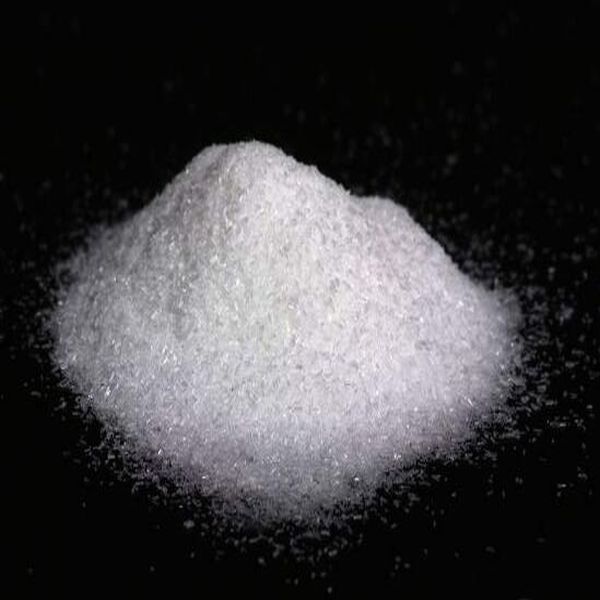Taurine is a conditionally essential amino acid for the human body and is a β-sulfamic acid. In mammalian tissues, it is a metabolite of methionine and cystine.
Taurine has a wide range of biological functions. Studies have found that taurine has various functions such as visual development, neurodevelopment, detoxification, calcium flow regulation, bile acid binding, osmotic pressure regulation, cell membrane stabilization, and anti-arrhythmia, myocardial protection and blood pressure reduction in the cardiovascular system. function.
1. The effect of taurine on growth and development
The content of taurine in fetal tissues of most mammals in late pregnancy increased significantly, and gradually decreased after birth, reaching the adult level when weaned. Taurine changes with age obviously has a close relationship with growth and development. There is evidence that taurine plays an important role in the development of the central nervous system and visual system before and after birth, and its mechanism is not yet clear. Taurine plays a vital role in the health and normal development of infants and young children. The development of the brain, nerves, internal organs and endocrine system of infants and young children and the absorption of fat, calcium and vitamins are inseparable from it. Taurine needed for infants and young children is generally obtained from breast milk. If breast milk cannot be fed for some reason, it is necessary to add taurine to milk and milk powder to ensure the healthy development of infants and young children. It shows that taurine has a certain effect on growth and development, and it is a conditionally essential amino acid for human body.
2. The nutritional effect of taurine on the optic nerve
Taurine accounts for about 50% of the total amino acids in the retina. Taurine is an important nutritional factor for the development of photoreceptors. The effect of taurine on visual development is closely related to vitamin A, and the formation of vision is inseparable from the role of 11-cis retinal. Lack of taurine can cause the degradation of photoreceptors and inhibit the phototransmission function. Studies have shown that the concentration of taurine in the plasma of infants and children with complete parenteral nutrition is reduced, and some children are accompanied by abnormal retinal structure and function, which can be improved after taurine supplementation. Some studies have found that proper supplementation of taurine, VA, B vitamins, VC, and trace elements to low-light workers can improve the dark adaptability of this population. There are two explanations for the serious retinal damage caused by the lack of taurine: one is that taurine is the main osmotic pressure regulating component in the retina, and the lack of it will cause its degradation; second, taurine is involved in VA in photoreceptors and The action between pigment epithelium is carried out by water-soluble taurine. In addition, an antibacterial drug (taurotlaine) synthesized from taurine can effectively inhibit the flora of the eyelid and conjunctiva, and has good drug resistance, thereby better protecting the visual system.
3. The nutritional effect of taurine on the central nervous system
Taurine is one of the most abundant free amino acids in the central nervous system. The taurine content in various animal brain tissues is also higher in young animals than in adult animals. With the continuous development of the brain, the level of taurine in the brain gradually decreases. Taurine can obviously promote the dendritic differentiation and cell proliferation of human brain nerve cells, showing a dose-response relationship. Taurine deficiency will adversely affect the normal development of human brain nerve cells, especially fetal deprivation due to taurine can cause brain hypoplasia, it may be that taurine affects the growth and development of neonatal cerebral cortex by activating glycine receptors . Studies have found that taurine can promote the growth and development of human embryo brain nerve cells, proliferation and differentiation and delay aging.
4. The effect of taurine on the hepatobiliary system
The clearer physiological function of taurine in mammals is to participate in the synthesis of cholate. The liver forms about 2-4g of cholic acid every day, and completes the enterohepatic circulation more than 10 times per day in the body, with the terminal ileum as the main absorption site of the enterohepatic circulation, the absorption rate is about 80%. As a fat-soluble component, bile acid mainly emulsifies and absorbs lipids and fat-soluble vitamins, and cholate is very important for this physiological function of bile, because taurocholic acid can increase the solubility of lipid and cholesterol and inhibit The formation of cholesterol stones increases bile flow and increases the rate of cholesterol excretion.
Post time: Jun-23-2020
